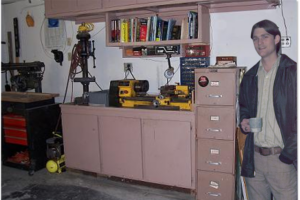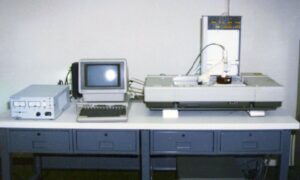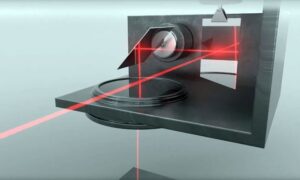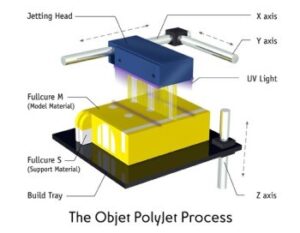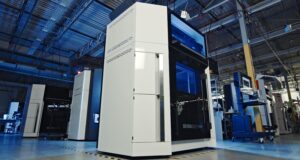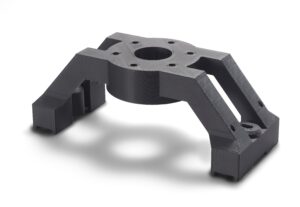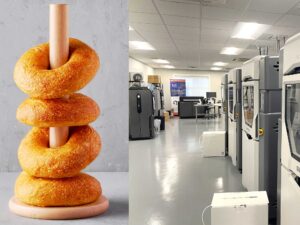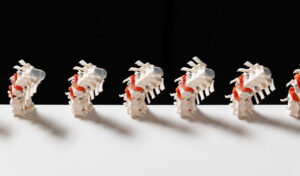3D Printing is undoubtedly one of the fastest growing industries in the world. In 2020 the industry’s estimated worth was $13.63 billion (up $2 billion from the previous year). In 2018 1.42 million individual 3D printers were sold throughout all different companies within the industry. According to Grand View Research, they estimate the industry will be worth $35.38 billion by 2027 and having sold over 8.04 million machines.
Additive manufacturing, was first created in 1984 by Chuck Hull. The type of printer he designed can be classified now as Stereolithography, or SLA technology. Chuck wanted a faster and more cost-efficient way to create prototypes; CNC and injection molding processes were expensive and with many limitations. Around the same time of Hull’s invention, Scott Crump, the co-founder of Stratasys created FDM (Fused Deposition Modeling) technology (the most widely used additive solution today). Like Hull, Crump wanted a more efficient way to create prototypes, but without the detail-oriented processes and pre-processes involved in SLA technology.
FDM technology provides a much simpler process than SLA technology. It can offer highly accurate models, although not as finely detailed as SLA. A spool of plastic filament is slowly fed into a hot extruder and then onto the build plate. The mechanics of this technology works differently. However, the process of building items through layering is the same. Three stepper motors working together on the X, Y, and Z axes to move the build area and extruder, so the print can be built. Not only is the process simpler, but the technology boasts a significantly larger range of materials to choose from. Ranging from rigid, to high temperature and flexibles, FDM technology offers an extensive range of material properties suited to most every application. Even more recently you can print in different types of metal.
The additive manufacturing industry is getting more and more intricate due to the addition of new technologies. While the most popular types of 3D printing remain FDM and SLA there are several other technologies not yet mentioned in this article. Some of the ones left out are covered below:
Selective Laser Sintering (SLS):
Like FDM and SLA this type of 3D printing was created in the 80’s. The creators are Dr. Carl Deckard and Dr. Joe Beaman out of Texas. SLS uses a high-power laser that melts or fuses small particles together. These small particles are finely ground powders of different plastics.
Direct Metal Laser Sintering (DLMS):
DLMS uses a laser system much like SLS the only difference being the strength of the laser and metal powder taking the place of plastics.
PolyJet:
Stratasys for years was the only company who had the rights to FDM 3D printers. Due to the expiring trademark, they were no longer able to keep the name; luckily, they had something else in the works. PolyJet is a Stratasys exclusive additive technology. Using a very similar acrylic-based resin to SLA, PolyJet technology uses print heads with extremely small nozzles to jet out photopolymers simultaneously cured by a UV light. The miniscule print nozzles can print with incredible detail down to 28 microns. And with technology on the new Stratasys J750, users can print up to 500,000 different color combinations for a very realistic looking final prototype.
As you can tell, additive manufacturing is just an incredible feat of engineering and manufacturing. It takes the process of building prototypes to a whole new level. No expensive molds, no strings, no limitations, your imagination and dreams can become a reality with 3D printing. Think of additive like this, “if you can dream it, we can build it”.
-Max Willett
Engineering Intern
R&D Technologies
